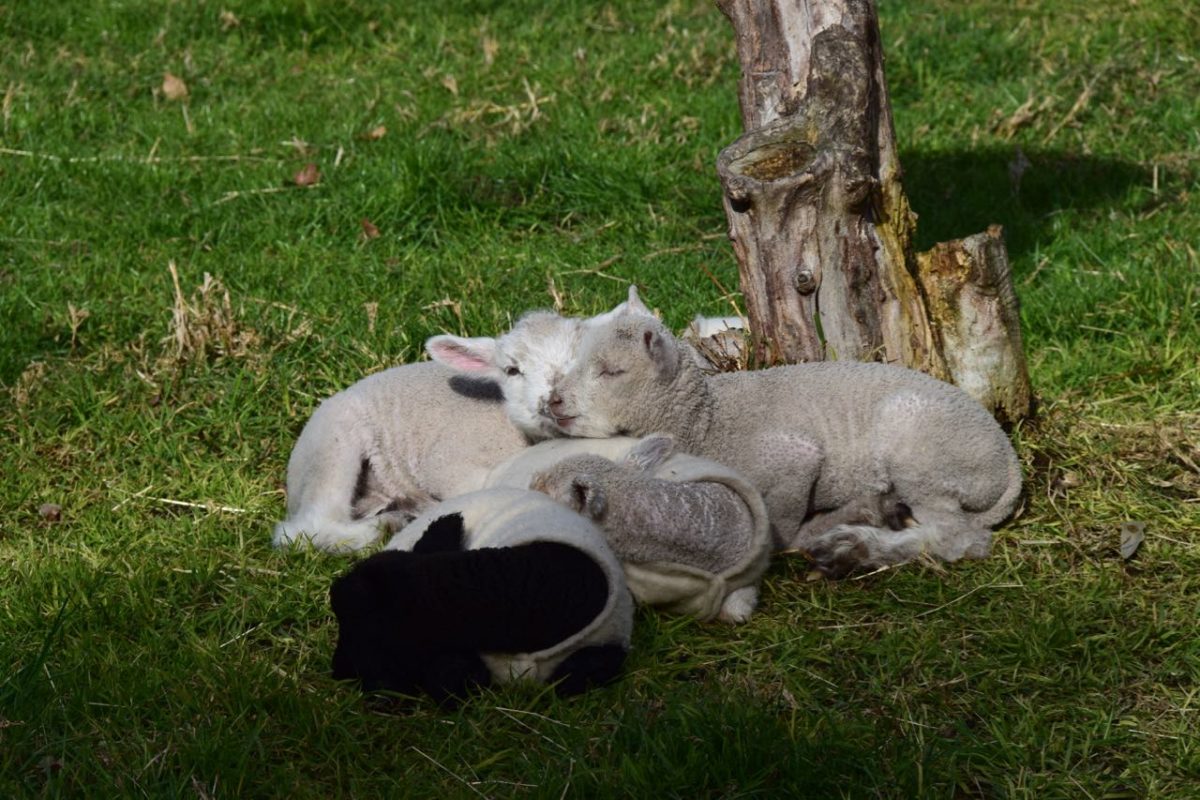Our lambing in 2018 has proven quite successful – although we haven’t been so lucky with gender. Unfortunately nearly all our lambs this year are boys!
Our sheep breeding program is progressing well – lambing in 2018 has resulted in plenty of new sheep! This year was our second season, and we have greatly improved our survival rates and handling of the sheep.
Lambing in 2018 – the numbers
- 8 Ewes gave birth. 5 of our original Finn sheep as well as Blue, Pink and Juju our black sheep born in January last year.
- All ewes were pregnant from the same ram (Flynn).
- Juju was the first to give birth to twin boys in late August. Both were healthy. One black and one white.
- Three lambs had black features – the remaining are entirely white.
- 12 boys were born – and 4 females.
- One set of quadruplets, triplets, and several twins and a couple of singles.
You might be able to see that some of our lambs are covered in a little wool coat. While it’s very cute, it’s also for a practical reason. These wool coats protect the lambs from the cold and wet which increases the chances for survival. The woolovers also give the lambs an increased rate of growth (which we’ve found firsthand this lambing year). We bought them as a trial this year, and they’ve worked really well – there are noticeable differences between those lambs that did have a woolover and those that didn’t.
Our focus for the sheep is our breeding program. We’re looking for certain characteristics. Some of our lambs already appear to have traits that won’t suit the program – while others are looking quite promising. Tail length, height, feet/nose/ear colouring, resistance to worms are all factors. With the surprise addition of black lambs, we’ve now got more options.
Our fingers are crossed for some more female lambs to be born in lambing season 2019, but we’re still pretty happy with this year’s efforts. Next year’s lambing season will feature our ‘new’ ram, who is the grumpiest sheep we’ve ever encountered. Hopefully that doesn’t make a difference to the breeding!

